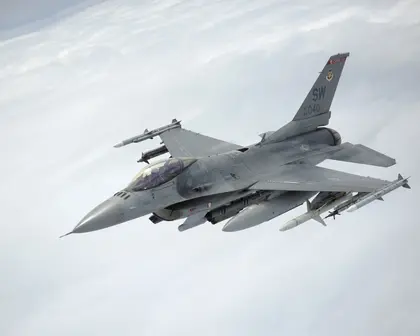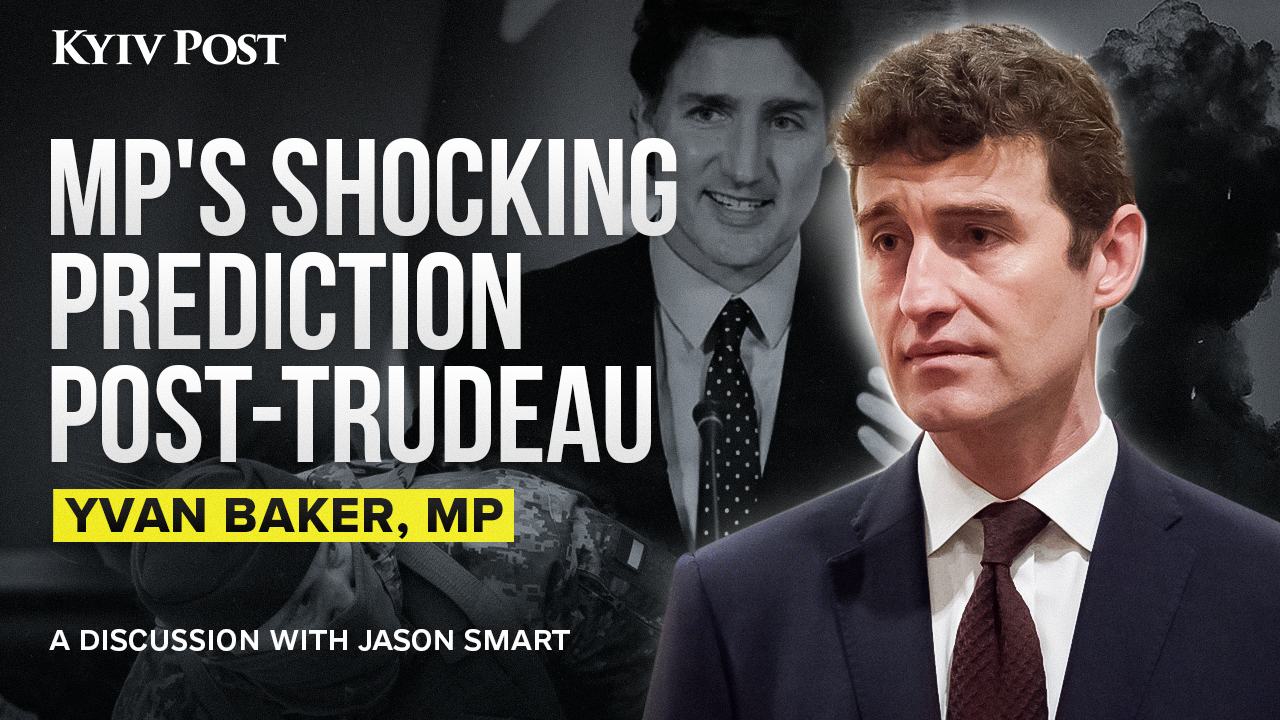After Russia conducted waves of drone and missile attacks on Ukraine’s energy infrastructure over the weekend, the nation’s grid operator announced daily energy restrictions, as its largest energy company specified how much power each major municipality would require.
Starting Monday at midnight, caps on electricity consumption for industrial and household consumers will be in effect nationwide, Ukrenergo said in a statement. However, the power supply to critical infrastructure facilities will not be limited.
JOIN US ON TELEGRAM
Follow our coverage of the war on the @Kyivpost_official.
It said that if the imposed limits are exceeded, regional distribution companies may reinstate hourly outage schedules as necessary. The nation’s largest power company, DTEK, tried to give some estimates on how much the average residence or business needed to cut back.
“The caps allocated by Ukrenergo will be enough to cover 80 percent of the needs in Ukraine’s capital city, 68 percent in the Kyiv region, 74 percent in the Odesa region, and 84 percent in the Donetsk region,” DTEK spokespersons posted to social media.
On Saturday, Energy Minister Herman Halushchenko said that Russian missiles struck power facilities in the Zaporizhzhia, Dnipropetrovsk, Donetsk, Kirovohrad, and Ivano-Frankivsk regions, while Ukrainian state-owned hydroelectric power plant (HPP) regulator Ukrhydroenergo reported that Russian strikes critically damaged equipment at two unspecified HPPs. DTEK said that Russian strikes seriously damaged two unspecified thermal power plants.

British Defence Intelligence Update Ukraine 9 January 2025
“Ukrainian officials also reported damage to critical infrastructure and energy facilities in Kharkiv, Lviv, Vinnytsia, Odesa, and Kherson oblasts, and Zaporizhzhia City,” the Institute for the Study of War (ISW) reported. In addition to power infrastructure, the attacks also hit civilian infrastructure and cultural heritage centers.
Such Russian airstrikes have caused more than $1 billion in damage to Ukraine’s energy sector, Reuters reported, resulting in the loss of 8,000 megawatt-hours (MWh) of power generation capacity.
Halushchenko said in a parliamentary session that Ukraine is now in talks with the European Union to increase the amount of energy the country can import from them. At present, Ukraine can import no more than 1,700 MWh of electricity from the EU at a time.
Video shows Russian human rights violations of Ukrainian POWs
Ukraine's Human Rights Commissioner, Dmytro Lubinets, has alerted both the United Nations and the International Committee of the Red Cross of fresh abuses of Ukrainian prisoners of war, in violation of the Geneva Conventions.
“The video showing Russian soldiers abusing Ukrainian prisoners of war is spreading online,” Lubinets wrote. “Early reports say it happened on the Kharkiv front, where the Russians are trying to carry out offensive actions. The video shows beatings, humiliation, threats, and imitation of a shooting. Sadly, such treatment of Ukrainian prisoners of war is not an exception but a usual tactic of the occupiers.”
“I have sent official letters to the ICRC and the UN so that they document the facts of the abuse. This will become another addition to the evidence base for the future tribunal against the criminals,” Lubinets added.
Омбудсмен Дмитро Лубінець опублікував відео з соцмереж, на якому зафіксовано знущання з українських полонених, імовірно, на Харківському напрямку pic.twitter.com/5Or4OtcDbf
— Українська правда ✌️ (@ukrpravda_news) June 2, 2024
Kyiv’s successful attacks on Crimean air defenses might signal F-16s may strike next, British analyst says
In an article published on Sunday titled, “In Crimea, Ukraine Is Beating Russia”, The Economist wrote that the peninsula annexed by Russia in 2014 has become “a death trap for the Kremlin’s forces.”
“Ukraine has already demonstrated the ability of British- and French-supplied Storm Shadow and scalp cruise missiles, and its own cleverly designed homemade maritime drones, to hit Russian warships, particularly the big Ropucha landing vessels used as military transports, most of which have been destroyed. Ukrainian drones and missiles may have taken out of action as much as half of the previously formidable Black Sea Fleet,” the British weekly estimated.
“But now, Ukraine is using a deadly combination of ATACMS and increasingly sophisticated drones to systematically degrade Russian air defenses in Crimea, hit air bases from which Russian interceptors fly, and strike critical logistics and economic targets. [British strategist] Sir Lawrence [Freedman] says that the focus on crippling Russia’s air-defense network may also be part of the preparation for the imminent arrival of the first batches of F-16 fighter jets from Europe.”
Generals quoted by the magazine said that the Russian forces and assets on the peninsula have “nowhere to hide” as surveillance tracks their every move and that the Kerch Bridge is “doomed” as Ukrainian forces will destroy it when the time is right.
Meanwhile, the American online journal Business Insider published a video story over the weekend describing how Ukraine’s successful attacks on the Black Sea Fleet have “transformed modern warfare.”
While Belgium restricts Ukraine’s use of donated F-16s, the Netherlands gives carte blanche
One by one, the Western allies who once limited the use of their donated missiles to Kyiv on targets inside Ukrainian borders recently have relaxed those restrictions; most recently, Germany and the United States.
Now, the question has become: What about the forthcoming F-16 multirole fighters? That question alone will create some complications in Kyiv’s military planning.
Belgian Prime Minister Alexander De Croo specified last week that military aid from his nation can only be “used by the Armed Forces on Ukrainian territory,” including the long-awaited F-16.
“Everything that is stipulated in the agreement, military equipment, military materials, must be used by the Armed Forces on Ukrainian territory, we have signed such an agreement,” said De Croo at a joint press conference alongside President Volodymyr Zelensky.
(Analysts from the ISW noted over the weekend that “it is unclear from De Croo’s statement, however, if Belgium will allow Ukraine to use Belgian-supplied F-16s to conduct strikes on Russian territory from Ukrainian airspace.)
Officials from the Netherlands, on the other hand, have expressed no such limitations. Dutch Defense Minister Kajsa Ollongren said on Friday that her country’s administration has put no restrictions on Ukraine’s use of supplied F-16s and that Ukraine can use them “above or on Russian territory” as long as Ukraine follows Article 51 of the UN Charter and international humanitarian law.
The ISW noted: “Article 51 of the UN Charter notably stipulates that ‘nothing in the present Charter shall impair the inherent right of individual or collective self-defense if an armed attack occurs against’ a UN member state — a reminder that Ukrainian strikes on Russian territory in the context of the Russian invasion are part of Ukraine’s inherent right of self-defense.
“Continued variations in Western governments’ F-16 policies will require Ukraine to track which aircraft Ukrainian forces can and cannot use to conduct certain strikes, complicating Ukraine’s ability to plan and conduct aviation operations using F-16s.”
You can also highlight the text and press Ctrl + Enter








